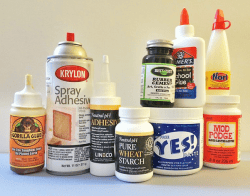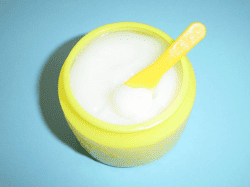Superglues, or cyanoacrylate adhesives, were developed during WWII but were not readily available in Britain until the 1980s. This was mainly due to concern about their flesh-bonding ability, which caused many a doorknob and toilet-seat prank. Today, they are most people’s first thought when they need a quick household repair.

Unfortunately, as many of us have discovered, superglue is not ideal for every job. It is often difficult to apply and to position the surfaces before it sets. It doesn’t easily flow into cavities or stay put when it does. On hard surfaces, brittleness is often a problem: joints are easily undermined by shocks, vibration or temperature changes, which tends to make superglue a poor metal bonding adhesive.
Different types
There are many chemical varieties of superglue and using the right kind can achieve big improvements:
Ethyl acrylates (ECA) are the most common and the most all-purpose. They will bond wood, plastic, paper, glass, crockery, most metals and – of course – flesh; however, they emit fumes, react with and deface some surfaces, and are easily affected by moisture. The latter is great when you are glued to the tube, but not so good for your joint!

Methoxyethyl acrylates (MECA) were developed to reduce the noxious fumes and the surface blooms often caused by ECA. The downside is usually reduced bond strength and slower setting speed.
Octyl acrylates turn those flesh-bonding characteristics into an advantage. They are designed to be non-toxic and are often used to help seal internal and external wounds.
Methyl acrylates (MCA) are often used industrially as a metal bonding adhesive. They make it easier to apply and position the joined surfaces, and they withstand vibration better than ECA.
New approaches
A new metal bonding adhesive takes a different approach. It is derived from a chemical also used in the production of silicone, so it has some natural flexibility and bulk without the need for additives.
Manufacturers have tried to improve cyanoacrylate adhesives by blending ECA, MCA, plasticisers and gels. Adding ingredients always has advantages and disadvantages; for example, it may be easier to spot-apply but harder to apply evenly over a wide surface. A plasticiser can make the bond less brittle; however, in doing so, the adhesive is somewhat diluted.
Always read the manufacturer’s instruction to ensure the adhesive is suitable for your application.

